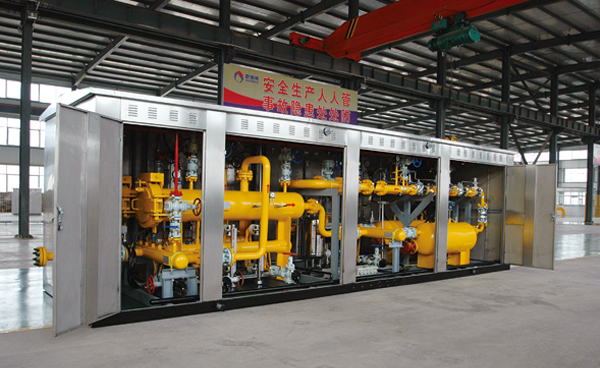
Dec . 01, 2024 02:25
Back to list
Pressure Regulation Valve Function and Applications in Various Systems
Understanding Pressure Regulating Valves Function and Importance
Pressure regulating valves (PRVs) play a crucial role in various fluid systems, ensuring that the pressure remains within safe operational limits. These devices are essential in industries ranging from water supply and wastewater treatment to natural gas distribution and industrial processes. This article will delve into the function, design, and significance of pressure regulating valves, while also exploring their applications across different fields.
What is a Pressure Regulating Valve?
A pressure regulating valve is a mechanical device designed to automatically control the pressure of fluids within a system. By maintaining the desired pressure level, PRVs help prevent pressure surges that can cause damage to pipes and equipment. They are equipped with a spring mechanism and a diaphragm that adjusts the valve opening based on the downstream pressure.
When the pressure downstream of the valve exceeds a set threshold, the diaphragm moves, closing the valve slightly to reduce flow and thus lowering the pressure. Conversely, when the downstream pressure drops, the valve opens to allow more flow until the desired pressure is reached. This self-regulating mechanism ensures consistent performance and reliable operation across various conditions.
Types of Pressure Regulating Valves
There are several types of pressure regulating valves, each designed for specific applications. The most common types include
1. Direct-Acting Pressure Regulator These are used for low-flow applications and are straightforward in design. They employ a spring-loaded diaphragm to regulate pressure directly.
2. Pilot-Operated Pressure Regulator Ideal for high-flow systems, these regulators use a pilot valve to control the main valve, offering greater sensitivity and accuracy in pressure control.
3. Electronic Pressure Regulator Incorporating technology, these regulators use electronic sensors and control systems to maintain pressure, providing precise control and the ability to interface with automated systems.
.
Applications of Pressure Regulating Valves
صمام تنظيم الضغط

1. Water Supply Systems In municipal water systems, PRVs help manage pressure to prevent pipe bursts and ensure consistent water delivery to consumers. They are vital in areas with varying demand, ensuring that high-pressure surges during peak usage are mitigated.
2. Natural Gas Distribution In gas distribution systems, PRVs regulate the pressure of gas entering residential and commercial buildings. They protect appliances from excessive pressure and ensure safety in gas delivery.
3. Industrial Processes Many manufacturing processes rely on specific pressure conditions to operate efficiently. PRVs help maintain these conditions, ensuring equipment runs correctly and reducing the risk of failure.
4. Hydraulic Systems In hydraulic machinery, maintaining the right pressure is crucial for operation. PRVs ensure that hydraulic systems operate within safe pressure ranges, preventing equipment damage and maintaining performance.
Importance of Pressure Regulating Valves
The significance of PRVs cannot be understated. Properly functioning pressure regulators contribute to
- Safety By controlling pressure levels, PRVs help prevent accidents caused by pressure surges, protecting both personnel and equipment.
- Efficiency Maintaining optimal pressure allows systems to operate more efficiently, saving energy and reducing operational costs.
- Longevity of Equipment By preventing excessive pressure fluctuations, PRVs help extend the lifespan of pipes and equipment, leading to lower maintenance costs and fewer replacements.
- Environmental Protection In industries like wastewater treatment, PRVs can help manage the safe disposal of liquids, thus protecting the environment from potential hazards.
Conclusion
Pressure regulating valves are a fundamental component of many fluid systems, providing essential pressure control that enhances safety, efficiency, and equipment longevity. As industries continue to evolve, the demand for reliable and precise pressure regulation will only grow. Understanding the function and importance of PRVs is crucial for engineers, technicians, and industry professionals to ensure optimal system performance and safety in their operations.
Latest news
-
Safety Valve Spring-Loaded Design Overpressure ProtectionNewsJul.25,2025
-
Precision Voltage Regulator AC5 Accuracy Grade PerformanceNewsJul.25,2025
-
Natural Gas Pressure Regulating Skid Industrial Pipeline ApplicationsNewsJul.25,2025
-
Natural Gas Filter Stainless Steel Mesh Element DesignNewsJul.25,2025
-
Gas Pressure Regulator Valve Direct-Acting Spring-Loaded DesignNewsJul.25,2025
-
Decompression Equipment Multi-Stage Heat Exchange System DesignNewsJul.25,2025

